Images: Amazing Mima Mounds
Mysterious Mima mounds
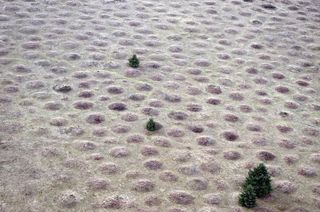
One of the world's weirdest landscapes, Mima mounds are found on every continent but Antarctica. These rounded little hills are spaced evenly on flat grasslands, covering the prairie like upended egg cartons. Their origin has defied explanation, but recent research suggests burrowing gophers, working individually for generations, build the mounds in 500 to 700 years.
April flowers

Spring wildflowers carpet Mima Mounds National Area Preserve in Washington. Mima mounds were named in 1841, when the vast Mima prairie was discovered in western Washington during the United States Exploring Expedition.
Pimply plain
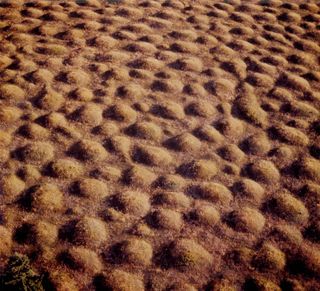
A closeup aerial photo of Mima Mounds National Area Preserve in Washington. Early explorers thought Mima mounds were Native American burial sites, but the mounds were empty when they looked inside.
California crenulations
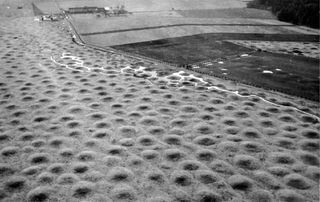
Mima mounds in California's Central Valley, where San Jose State University geologist Manny Gabet studied budding Mima mounds on abandoned farmland. Gabet discovered that the Mima mounds are the "great pyramids" of the gophers.
Bumpy field
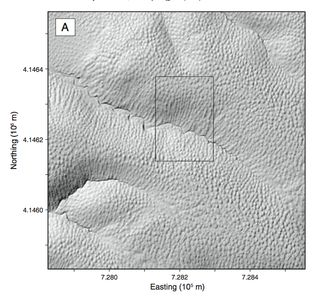
A lidar image, created by scanning the Earth's surface with lasers, reveals the regular spacing between Mima mounds near Merced, Calif.
Modeling earthmovers
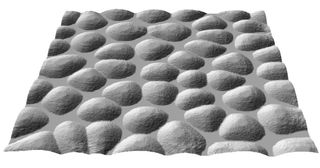
A computer model of Mima mound formation created by geologist Manny Gabet. The model closely resembles the regular spacing of these eerie landscapes. Gabet set loose virtual gophers in soils that mimicked the same conditions seen at Mima mound sites.
Mystery solved?
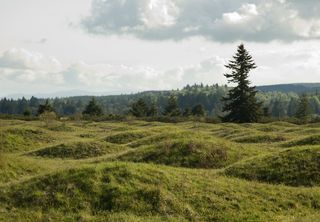
The verdant grassy landscape of Mima mounds, which can rise to 8 feet (2.5 meters) tall and 30 feet (9 m) wide. Upwards-burrowing gophers may be the source of the mounds, according to one recent study.
Sign up for the Live Science daily newsletter now
Get the world’s most fascinating discoveries delivered straight to your inbox.

Most Popular




